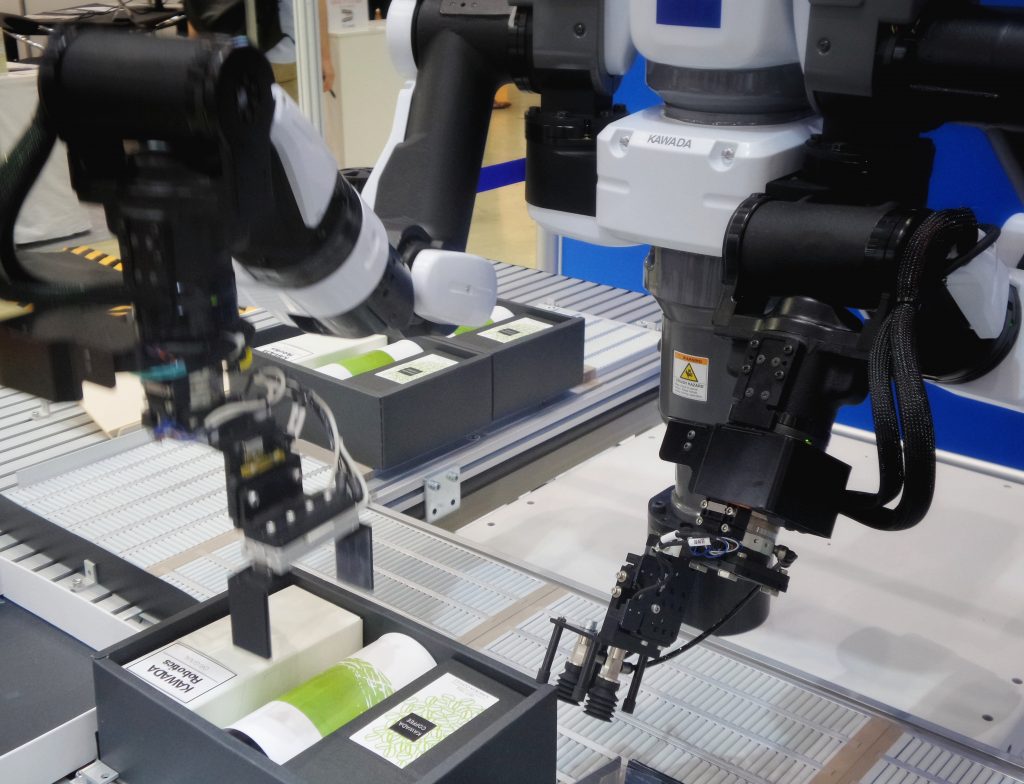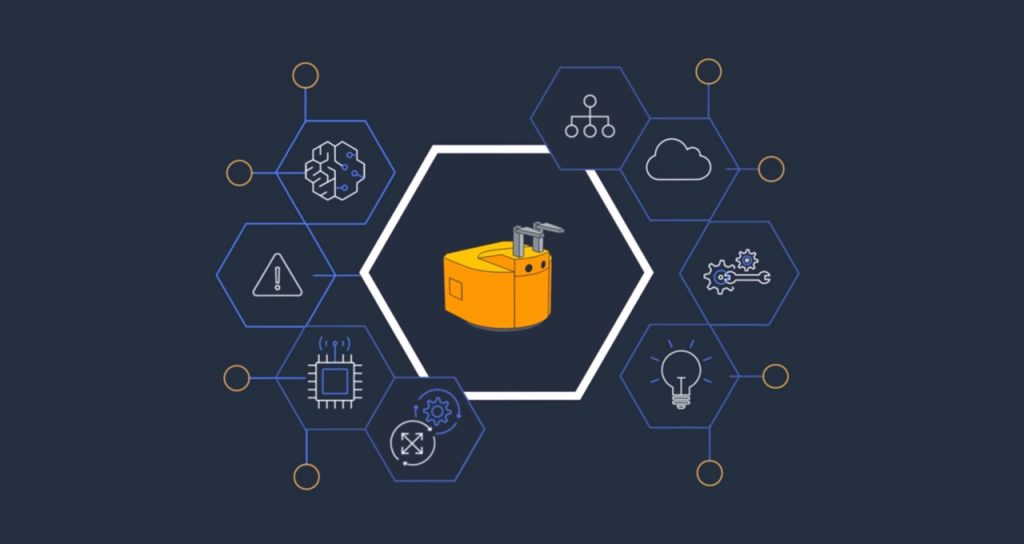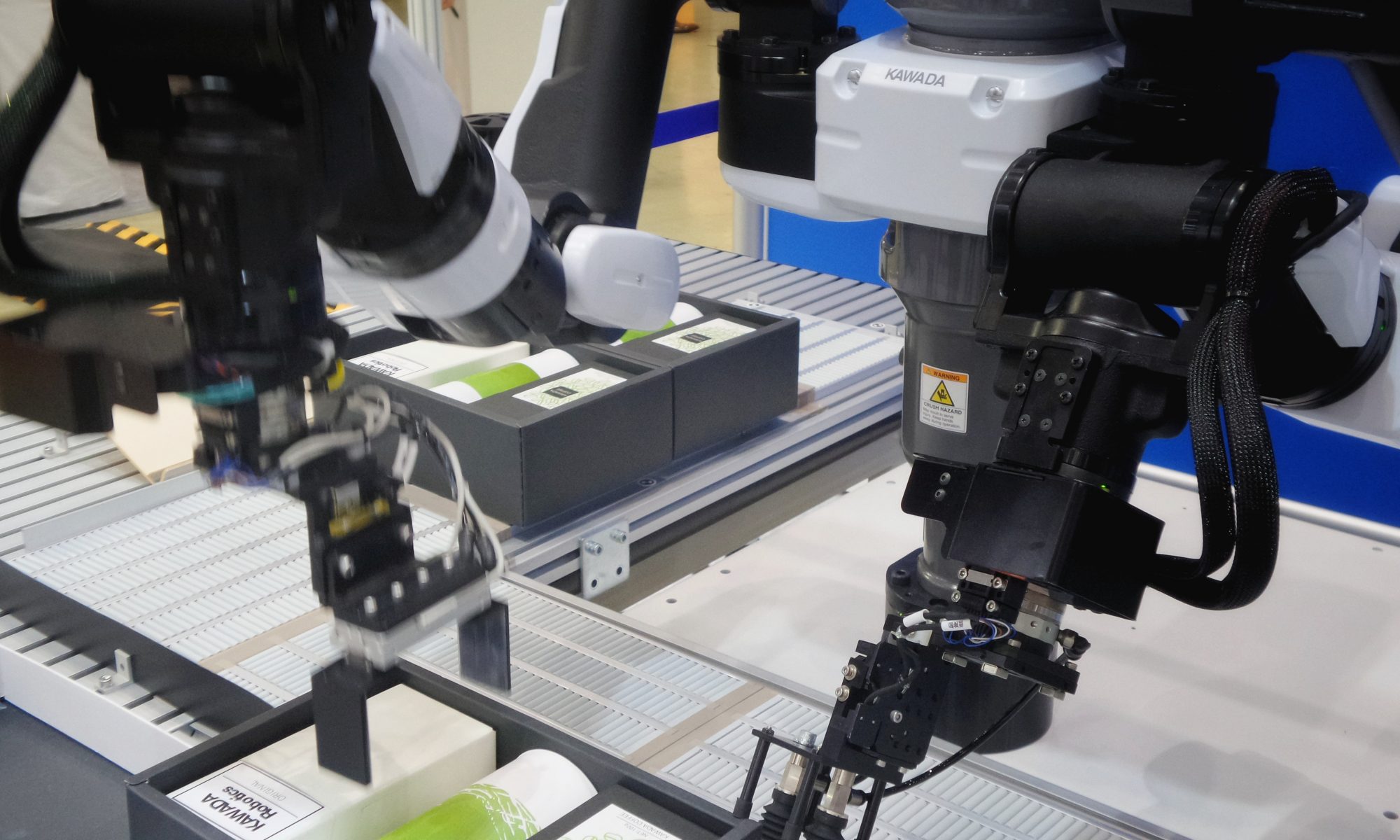Manufacturing and logistics are no longer possible without the use of robots. As automation spreads, those who don’t automate risk falling behind their competitors. Automating small enterprises is becoming easier and more affordable because of the advent of robots-as-a-service (RaaS).
By 2030, the cloud robotics market, including RaaS, could be valued at $157.8 billion. That would account for almost a third of the robotics industry’s value. Here’s why using robots as a service is becoming increasingly popular.
What Is RaaS?
Service-based robots follow the same principles as SaaS-based software. Rather than purchasing and maintaining robots altogether, clients would lease or rent them for a set period of time. Instead, they use a subscription-based cloud service to rent robots and their skills.
RaaS is much more than just renting out a piece of equipment. These robots can be accessed via a cloud service that provides reporting and programming capabilities. It is possible to program robots for a certain environment and use as many or as few skills as necessary using this service.
Why Is Raas Becoming More Popular?
With RaaS, businesses can get started with robotics for far less money and with more freedom and scalability than with more traditional programs. Robotics can benefit small and medium-sized organizations because of these features, which eliminate the need for a large capital outlay upfront.
For the most part, robots are deployed in the workplace to take the place of humans in lower-paying positions. Companies may not see a return on investment for years since robots are so expensive. Because of this, many smaller companies have been hesitant to invest in robots. That’s why RaaS has become so popular in recent years. RaaS also enables organizations to respond quickly and easily to changes in market conditions and customer requirements by rapidly scaling up and down. It’s easier to get started with less money and more predictable expenditures.
Hardware costs have fallen as a result of globalization. Robots can be supplied as a variable cost service with subscription packages using cloud computing technologies that are simple to sign up for and inexpensive. In addition, many firms have already adopted the software-as-a-service concept, so they are already familiar with the business model.
Several industries, including healthcare and security, benefit from RaaS, including warehouses and fulfillment centers. Other industries are beginning to see the benefits of robots, and RaaS makes it easier to test them out and try out new robotic solutions.
Aside from delivery and medical care, RaaS’s most common use cases are in the realms of hospitality and security. In other industries, it’s expected to be used more as these services become more popular and more businesses discover the advantages of using them. Which of these benefits are the most significant?

Reduced Costs
Robots as a service have the most obvious benefit of reducing costs. A significant barrier to widespread adoption has been the high cost of automation. More than any other aspect, robotics expenses were highlighted by 53% of corporate leaders as one of their top five challenges.
Customers in RaaS don’t have to acquire robots outright, which lowers the initial implementation cost. Because of their flexibility, companies don’t have to spend as much time and money training these robots to adapt to a specific work setting. By reducing interruptions to the workflow, ease of use also lowers associated costs.
Renters don’t have to worry about recurring maintenance fees using the RaaS model. The vendor, not the tenant, is responsible for maintaining the property and lowering the renter’s costs.
Infrastructural Reduction
RaaS eliminates the need for substantial suitable infrastructure, another typical hurdle to robotics adoption. Traditional robot implementation necessitates the existence of a computing and utility infrastructure capable of supporting the computational demands of robots. No such limitations apply to RaaS ‘bots because they run in the cloud.
Cloud computing means that RaaS customers don’t have to provide considerable on-site computing infrastructure. Smaller enterprises with fewer on-site resources can now implement robotics. Additionally, reducing this barrier decreases expenses by speeding up implementation.
RaaS necessitates more adaptable robotics from vendors because of its very nature. Infrastructure requirements are further reduced with less hardware needed to implement these machines into a particular activity.
Enhanced Scalability
RaaS also improves the scalability of robotics, which has been a major problem for robots. Traditional automation’s scalability is hampered by the high upfront costs, implementation disruptions, asset degradation, and obsolescence threats. RaaS’s more affordable and adaptable solution eliminates these drawbacks.
A wide range of functions may now be automated, opening the path for large-scale robots application in the workplace today. A wide variety of robot models are available for use in industrial facilities, each with a unique set of capabilities. RaaS makes it possible to scale up to that level because of the cloud’s ease of use.
Using cloud-based RaaS services, firms can see exactly where and how much more automation they can use. Scaling up is less disruptive because of lower costs and faster deployment. When a renter decides to downsize, they can return the machines to the vendor without disrupting their service.

Enhanced Usability of Newer Robots
The field of robotics is constantly evolving. The old machines may be rendered obsolete as a result of this. Businesses that own their robots outright must find a buyer for their old machines and sell them at a significant loss before purchasing pricey new ones. RaaS facilitates this upgrade by making it easier to do.
In the future, RaaS users will be able to swap out their older equipment for newer models from the same manufacturer. Paying a higher price is all that is required for an upgrade, which is still less expensive than purchasing a new robot. Companies may even use the cloud to add new capabilities to their existing equipment.
Businesses may reap the benefits of high-end robots without interruption and costs often associated with upgrading because of this adaptability level. Companies with modest budgets can still stay on the cutting edge of robots as concerns about obsolescence disappear.
Streamline the Entry-Level Process
Expertise needed to program and implement robots is another roadblock to widespread use. Thirty-Five percent of supply chain executives cited inexperience as the biggest obstacle when it comes to using robotics. Traditional ownership models make it difficult to implement robots since they necessitate substantial knowledge and skill, whereas RaaS eliminates this difficulty.
RaaS distributes the burden of expertise to the vendor. Solutions are available in the cloud that allows corporations to program and control their robots. This makes it easier for programmers of any skill level to grasp.
RaaS ‘bots also don’t necessitate changes to processes because of their adaptable designs. Robots can be used by any firm, independent of their prior knowledge of robotics.
Robots as a Service Could Be Robotics’ Future
RaaS enables automation to be more economical, available, and versatile. Thus, more businesses will be able to reap the benefits of robotics, allowing them to remain competitive in today’s marketplaces. RaaS, like SaaS for software, may become more common as more companies learn about its advantages.

